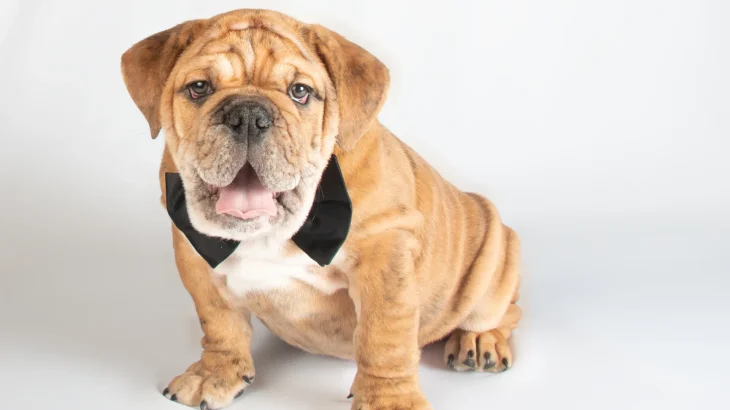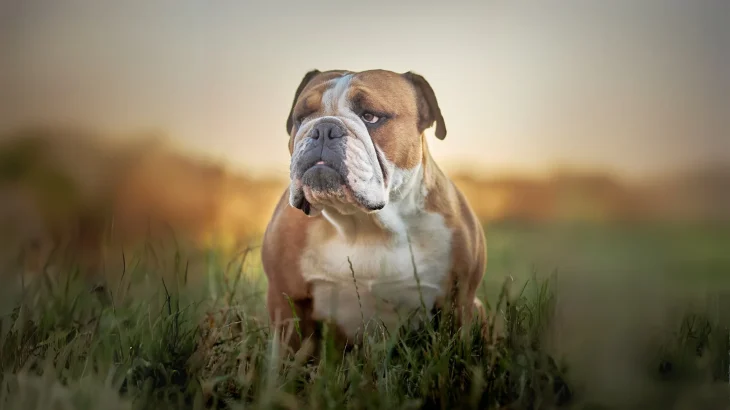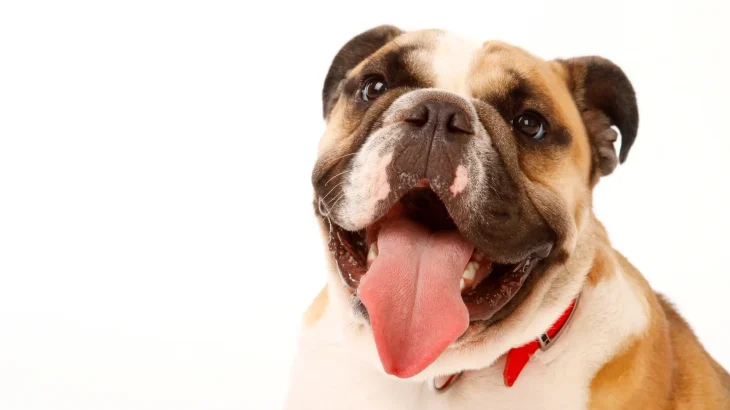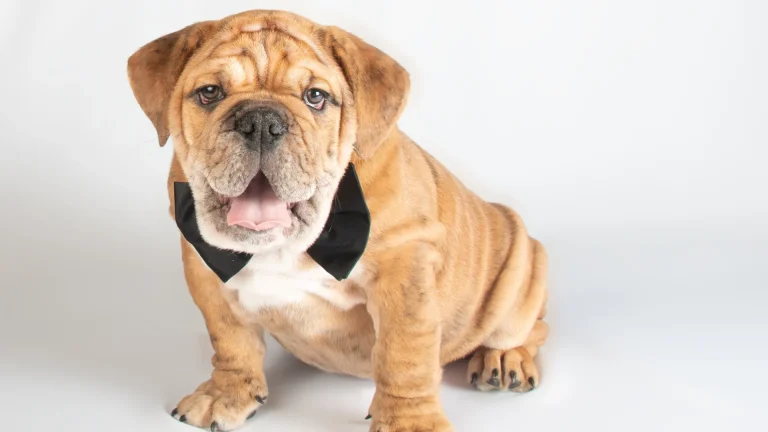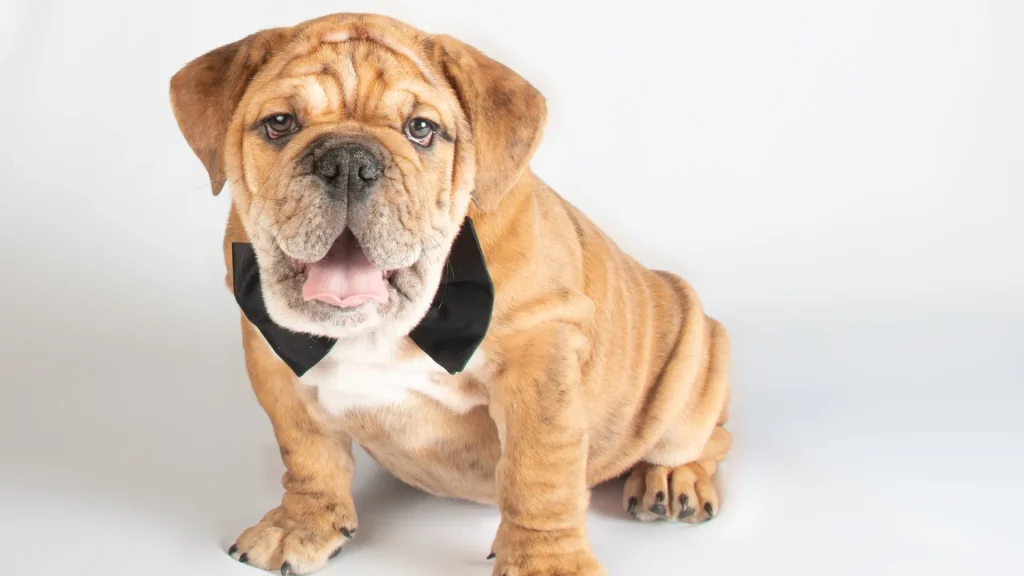Choosing between adopting or purchasing a Victorian Bulldog puppy depends on what you value most: the assurance of breed specifics and health guarantees from a breeder, or the opportunity to give a home to a dog in need through adoption. While breeders often provide detailed lineage and health insights, adoption can be more affordable and ethical. Each path has unique benefits for prospective Victorian Bulldog owners.
Here is a comparison of adoption versus buying from a breeder:
| Criteria | Buying from Breeder | Adopting from Shelter/Rescue |
|---|---|---|
| Cost | Higher cost due to breed purity and care specifics, often reaching several thousand dollars. | Typically lower fees, making adoption more budget-friendly. |
| Health History | Comprehensive health records and screening common with reputable breeders. | Health history may be limited or unknown; basic vet checks are usually done. |
| Age Availability | Primarily puppies, allowing you to raise them young. | Wide age range possible, including adults and seniors. |
| Temperament Insight | Breeders can share temperament traits from lineage and early observation. | Shelter staff provide info based on behavior assessments; history might be unclear. |
| Supporting Practices | Supports breed preservation programs when chosen ethically. | Supports animal welfare by providing homes to dogs in need. |
| Ethical Considerations | Important to select responsible breeders to avoid supporting puppy mills. | Adoption helps reduce overpopulation and euthanasia rates. |

